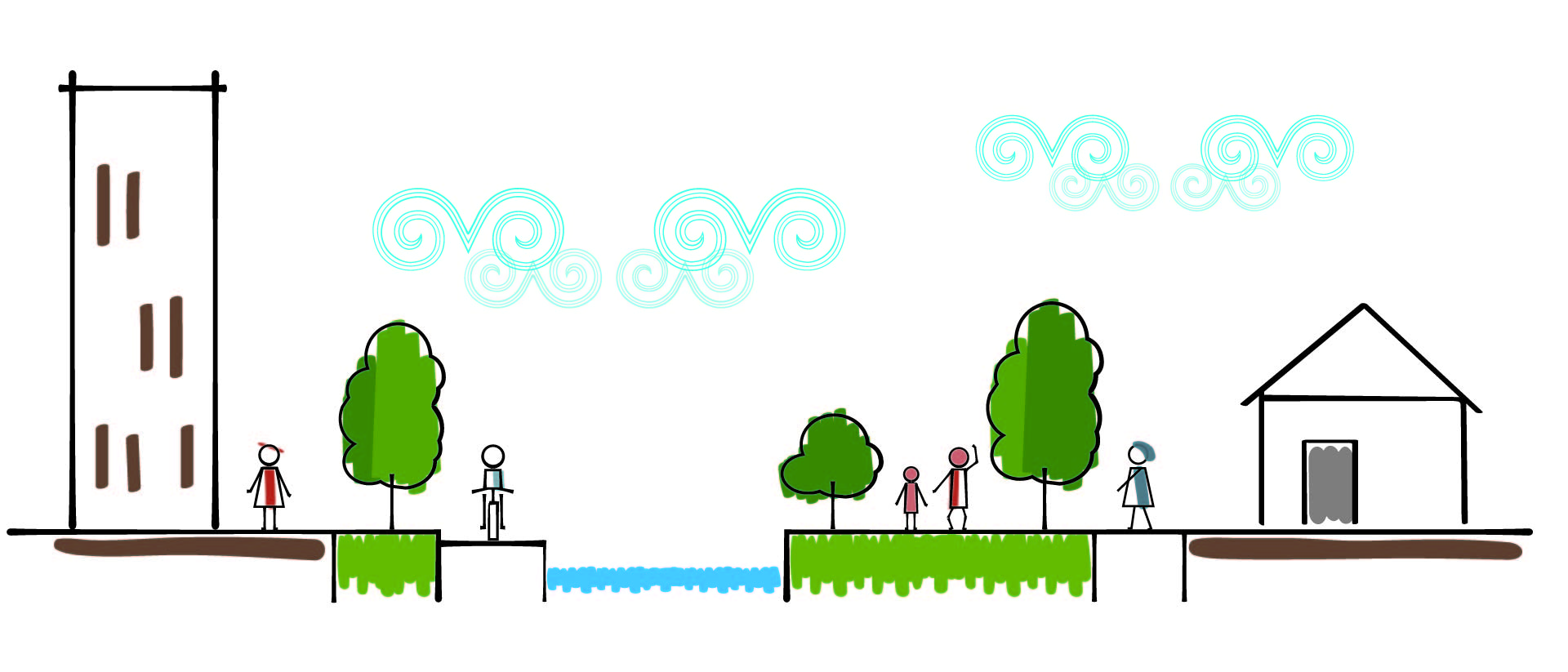Why this is a priority
The quality of our beaches, harbours, bush, streams and
maunga is dependent on how we treat them.
When we lose sight of the environment in our daily actions, we directly impact the quality of our natural world and degrade the basis of our economy, our health, wellbeing, and our cultural and spiritual identity.

Our natural environment is at risk
We rely on healthy ecosystems to:
- trap and sequester carbon
- retain water
- prevent soil erosion
- offer protection from extreme weather
- provide a local source of food.
Auckland holds about 20 per cent of New Zealand’s threatened birds, reptiles and plants. Rapid urban growth, pests and diseases, pollution and ongoing loss of habitat have affected these species and their ability to move and adapt to
climate change.
Many existing biodiversity and biosecurity programmes, such as Auckland Council’s Natural Environment Targeted Rate (NETR), already help build the resilience of native species and
ecosystems to climate change, by reducing threats to their survival and promoting landscape functionality through improved connectivity. But this is not enough.
These targeted programmes need to expand and develop, as our understanding of the likely impacts of climate change grows.
We need to capture carbon
Increasing the potential to capture carbon in terrestrial and marine environments is key to meeting our goal of reducing
emissions.
It is estimated that in 2016,
carbon sequestration from Auckland’s forests reduced the region’s
gross emissions by just over 10 per cent.
We need to protect existing
carbon sinks, including mature forests and other terrestrial and freshwater ecosystems, coastal ecosystems, and healthy soils.
We need more trees
We also need to plant more trees and expand these
carbon-capturing ecosystems to enhance carbon sequestration in the future.
Access to
green space is not equal across the region, as shown by tree canopy cover.
In the southern suburbs, tree cover dips as low as 8 per cent, but in the northern and western suburbs it increases to 30 per cent.
This affects air and water quality, access to shading,
biodiversity, safety and mental health, resulting in real impacts on the quality and length of peoples’ lives.
Read about
roles and partnerships to deliver our actions and the
indicators that track our progress for the natural environment priority.
